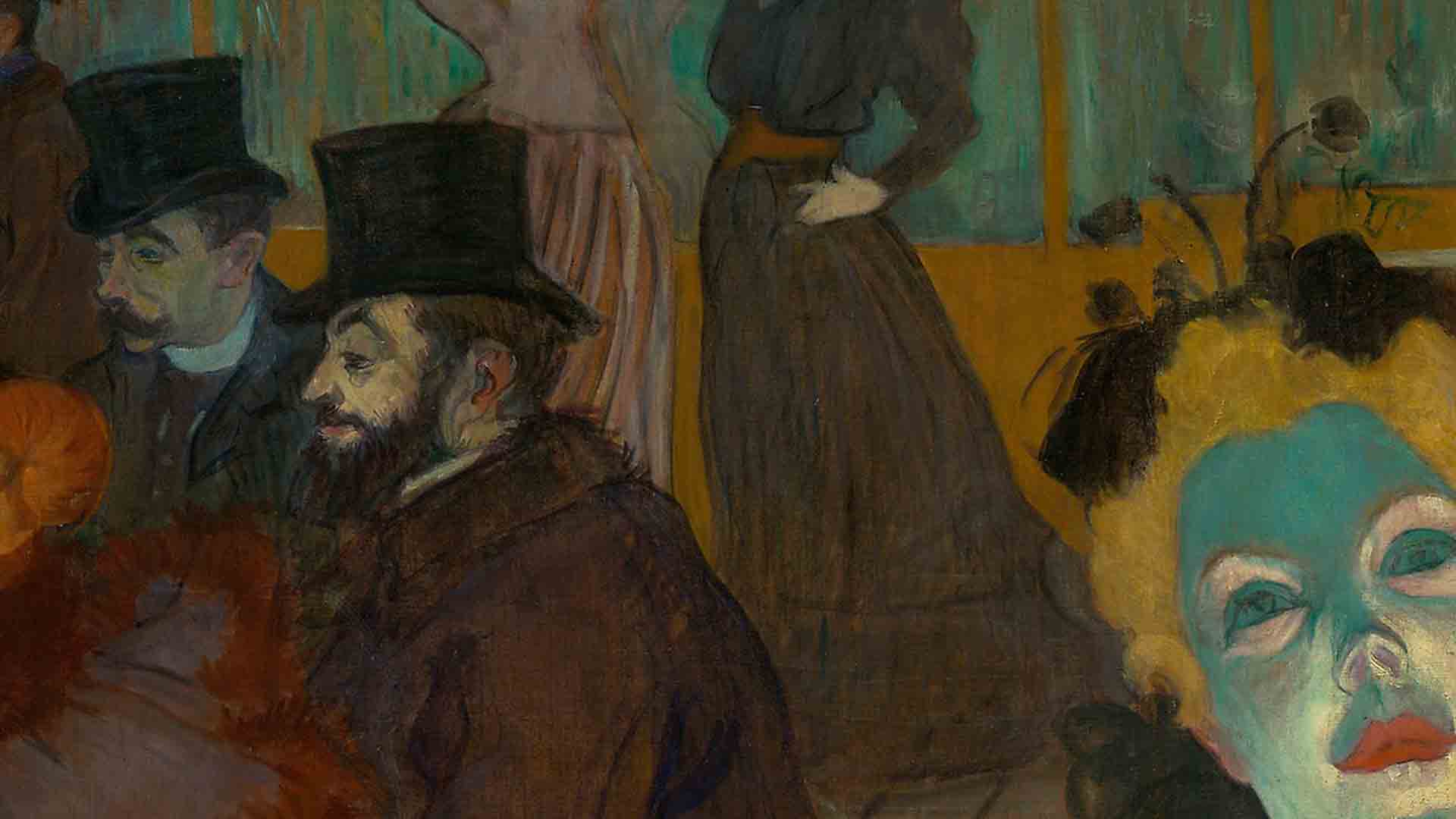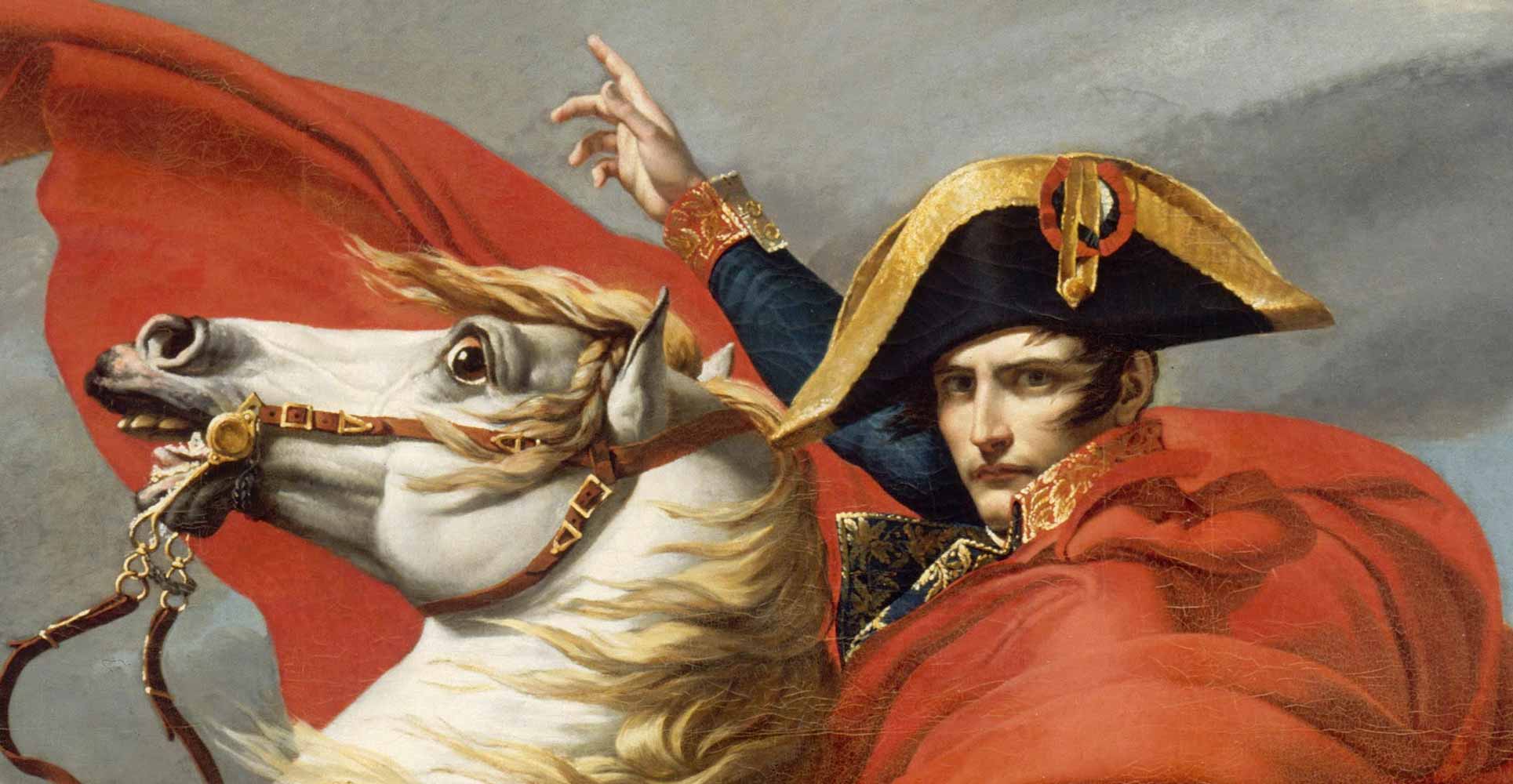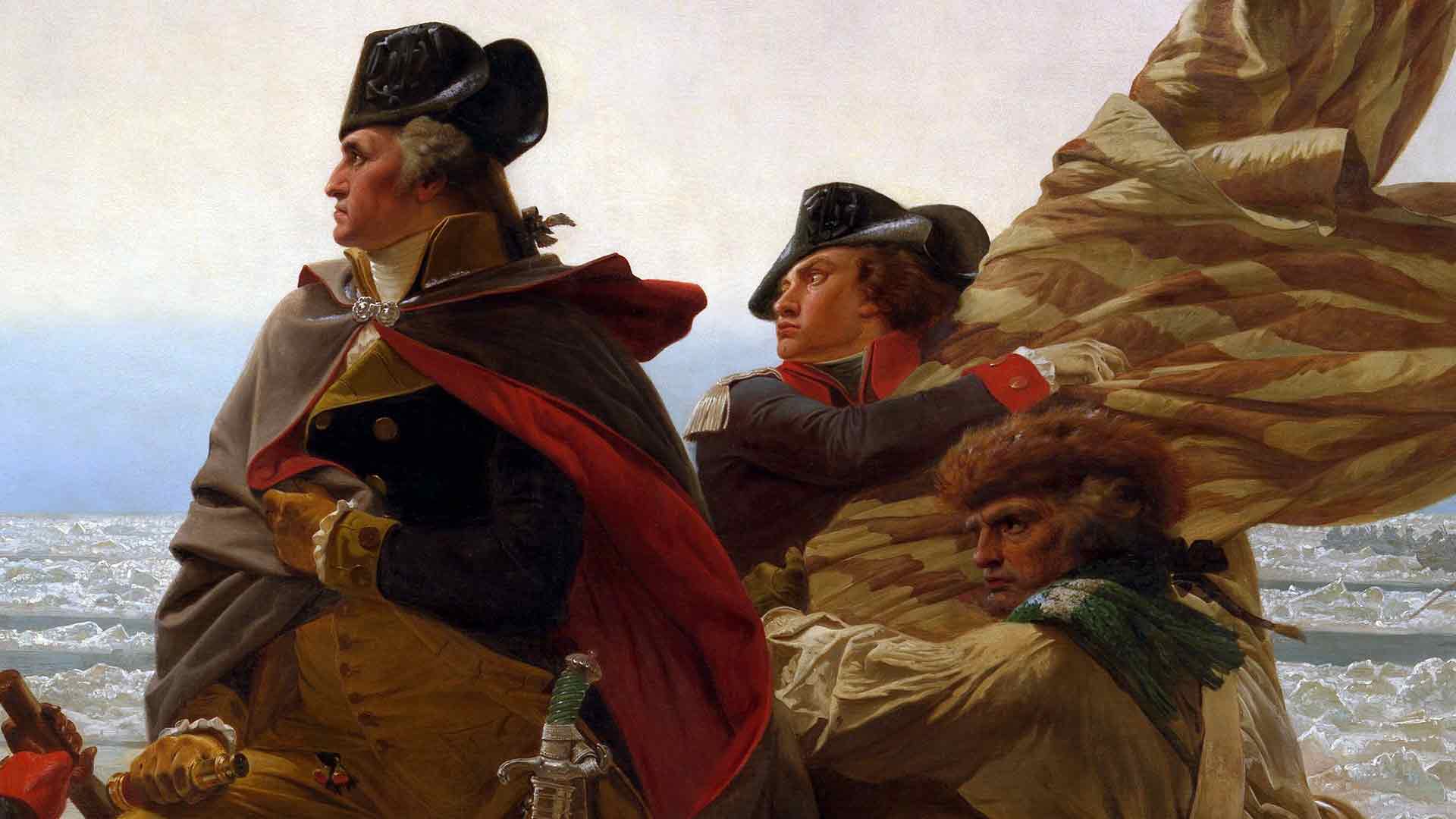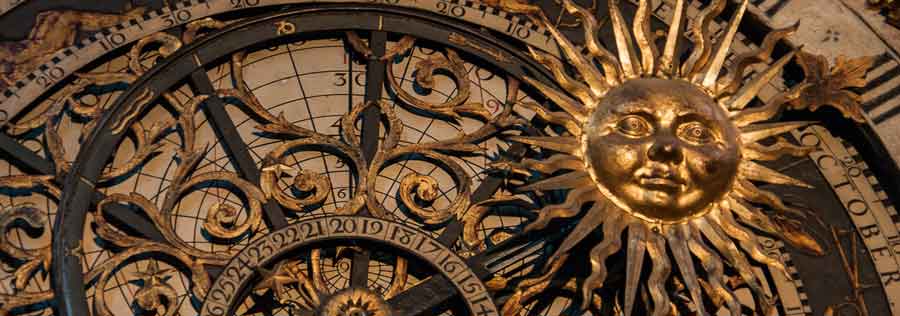

See movement highlights and HQ resources for advanced investigation.

Neoclassicism │ ~1770 - 1840 in the arts, historical tradition or aesthetic attitudes based on the art of Greece and Rome in antiquity. In the context of the tradition, Classicism refers either to the art produced in antiquity or to later art inspired by that of antiquity; Neoclassicism always refers to the art produced later but inspired by antiquity. Thus the terms Classicism and Neoclassicism are often used interchangeably. Con't... Encyclopedia Britannica │ Google Arts & Culture │ Smarthistory │ Wikipedia │ Main Artists │ Sculpture: Antonio Canova, Painting: William-Adolphe Bouguereau, Louise Élisabeth Vigée Le Brun, Jean-Auguste-Dominique Ingres, Jacques-Louis David, Angelica Kauffman
Musée du Louvre, Paris France
🔗 A CLOSER LOOK at Psyche Revived by Cupid's Kiss
Who are these beings?
The story of Psyche
A complex composition
When marble becomes flesh
5b
Women in Art
Throughout the centuries,
women have been involved in making art,
whether as creators and innovators
of new forms of artistic expression,
patrons, collectors, sources of inspiration,
or significant contributors as
art historians and critics.
Women have been and continue
to be integral to the institution of art,
but despite being engaged with the art world
in every way, many women artists
have found opposition in
the traditional narrative of art history. Con't...
KhanAcademy │
Unlock Art: Where are the Women? │ Smarthistory
Vigée Le Brun: Woman Artist in Revolutionary France │
Metropolitan Museum of Art

Napoleon Crossing the Alps │ oil on canvas detail, 1800, by Jacque-Louis David, Belvedere Museum. This painting depicts the future Emperor of France, Napoleon Bonaparte, to be “calm on a fiery horse” as he points to the future and leads his troops over the Alps to defeat the Austrians at the Battle of Marengo.
Pendulette de table avec Planetarium (Planetarium Table Clock), c. 1775, by Nicole-Reine & Jean-André Lepaute. The earth...
Posted by Vue Fine Art & Design on Sunday, January 7, 2024
Pendulette de table avec Planetarium (Planetarium Table Clock), c. 1775, by Nicole-Reine & Jean-André Lepaute. The earth...
Posted by Vue Fine Art & Design on Sunday, January 7, 2024
The Modern Genius: Art and Culture
Modern Art (c. 1860 - 1975) includes artistic work produced during the period extending roughly from the 1860s to the 1970s, and denotes the styles and philosophy of the art produced during that era. The term is usually associated with art in which the traditions of the past have been thrown aside in a spirit of experimentation. Modern artists experimented with new ways of seeing and with fresh ideas about the nature of materials and functions of art. A tendency away from the narrative, which was characteristic for the traditional arts, toward abstraction is characteristic of much modern art. More recent artistic production is often called contemporary art or postmodern art. Modern art begins with the heritage of painters like Vincent van Gogh, Paul Cézanne, Paul Gauguin, Georges Seurat and Henri de Toulouse-Lautrec all of whom were essential for the development of modern art. —Google Arts & Culture
Europe │ The United States │ Met Museum │ Museum of Modern Art │ Smarthistory

Romanticism │ Romanticism, attitude or intellectual orientation that characterized many works of literature, painting, music, architecture, criticism, and historiography in Western civilization over a period from the late 18th to the mid-19th century. Romanticism can be seen as a rejection of the precepts of order, calm, harmony, balance, idealization, and rationality that typified Classicism in general and late 18th-century Neoclassicism in particular. It was also to some extent a reaction against the Enlightenment and against 18th-century rationalism and physical materialism in general. Romanticism emphasized the individual, the subjective, the irrational, the imaginative, the personal, the spontaneous, the emotional, the visionary, and the transcendental. Con't... Britannica │ Google Arts & Culture │ Smarthistory │ Wikipedia │ Artists │ Thomas Cole, Francesco Hayez, Ivan Aivazovsky, Theodore Gericault, John Constable, William Blake, Eugene Delacroix, Caspar David Friedrich, J.M.W. Turner, Francisco Goya
Washington Crossing the Delaware │ oil on canvas detail, 1851, by Emanuel Leutze, Metropolitan Museum, New York. This artwork glorifies General Washington, the Colonial-American cause and commemorated the military action of a critical turning point in the American Revolutionary War on December 25th, 1776.
1
2
Photography │ is the art, application and practice of
creating durable images by
recording light or other electromagnetic radiation,
either electronically by means of an image sensor,
or chemically by means of a light-sensitive material
such as photographic film. │
Examples: The Metropolitan Museum of Art
Video: The Daguerreotype - Photographic Processes Series │
The first commercially successful
photographic process was announced in 1839,
the result of over a decade of experimentation
by Louis Daguerre and Nicéphore Niépce.
Unfortunately, Niépce died before
the daguerreotype process was realized,
and is best known for his invention
of the heliograph, the process by which
the “first photograph” was made in 1826.
Daguerreotypes are sharply defined,
highly reflective, one-of-a-kind photographs
on silver-coated copper plates,
usually packaged behind glass and
kept in protective cases. │
George Eastman Museum
Realism │
in the arts, the accurate, detailed,
unembellished depiction of nature
or of contemporary life.
Realism rejects imaginative idealization
in favor of a close observation
of outward appearances.
As such, realism in its broad sense
has comprised many artistic currents
in different civilizations.
In the visual arts, for example,
realism can be found in
ancient Hellenistic Greek sculptures
accurately portraying boxers and decrepit old women. Con't...
Encyclopedia Britannica │
Google Arts & Culture │
Wikipedia │
Artists │
Gustave Courbet, Édouard Manet, Jean-François Millet, and more
Video: Realism - The Case for Realism │ The Art Assignment
Impressionism, French Impressionnisme │
a major movement, first in painting and later in music,
that developed chiefly in France
during the late 19th and early 20th centuries.
Impressionist painting comprises the work
produced between about 1867 and 1886
by a group of artists who shared
a set of related approaches and techniques.
The most conspicuous characteristic
of Impressionism in painting
was an attempt to accurately and objectively
record visual reality
in terms of transient effects of light and colour.
In music, it was to convey an idea or
affect through a wash of sound
rather than a strict formal structure. Con't...
Encyclopedia Britannica │
Smarthistory │
Google Arts & Culture │
Wikipedia │
Artists │ Claude Monet, Paul Cézanne,
Paul Gauguin, Pierre-Auguste Renoir, Mary Cassatt and more
Video Above: The Case for Impressionism │ The Art Assignment
Video Below: Pierre-Auguste Renoir Biography │ Goodbye Art Academy
Video: Post-Impressionism │ Post-Impressionism, in Western painting, movement in France that represented both an extension of Impressionism and a rejection of that style’s inherent limitations. The term Post-Impressionism was coined by the English art critic Roger Fry for the work of such late 19th-century painters as Paul Cézanne, Georges Seurat, Paul Gauguin, Vincent van Gogh, Henri de Toulouse-Lautrec, and others. All of these painters except van Gogh were French, and most of them began as Impressionists; each of them abandoned the style, however, to form his own highly personal art. Impressionism was based, in its strictest sense, on the objective recording of nature. Con't...
Video: What is Symbolism? Art Movements & Styles │
Symbolism, a loosely organized literary and artistic movement
that originated with a group of
French poets in the late 19th century,
spread to painting and the theatre,
and influenced the European and American literatures
of the 20th century to varying degrees.
Symbolist artists sought to express
individual emotional experience through the subtle
and suggestive use of highly symbolized language.
—
Britannica
Vue Fine Art & Design
The personal, commemorative cover video above is called (and honors) "Education", the
Chittenden Memorial Window highlights the
30" panoramic stained-glass window by
Art Nouveau artist
Louis Comfort Tiffany & Co., 1889-90, at
Yale University.
It represents an allegory of angels,
each identified by their halos as
Art,
Science,
Religion, and
Music.
They are surrounded by their
ideas,
values, and
virtues,
all learning in
peaceful harmony
guided by
Light,
Love, and
Life
...
The panorama begins with angels of
Art,
Form,
Color, and
Imagination
followed by
Perception and
Analysis who join
the center panel of
Light,
Love, and
Life guiding
Science and
Religion in harmony.
The angels personifying
Science are
Devotion,
Labor,
Truth,
Research, and
Intuition.
The virtues representing
Religion are
Purity,
Faith,
Hope,
Reverence, and
Inspiration.
Law connects the last panel with
Music,
Rhythm,
Melody,
Harmony,
Verse, and
Voice.
Yale alumni Simeon Baldwin Chittenden,
a broken father who lost his daughter Mary Hartwell Lusk at the early age of 32,
funded the Yale library (now known as Linsly-Chittenden Hall)
and commissioned his friend and relative Tiffany to create
EDUCATION
in her honor.
Video: Decorative Art │
Decorative art,
any of those arts that are concerned with
the design and decoration of objects
that are chiefly prized for their utility,
rather than for their purely aesthetic qualities.
Ceramics, glassware, basketry,
jewelry, metalware, furniture,
textiles, clothing, and other such goods
are the objects most
commonly associated with the decorative arts.
Many decorative arts,
such as basketry or pottery,
are also commonly considered to be craft,
but the definitions of both terms are arbitrary.
It should also be noted that the
separation of decorative arts
from art forms such as painting and sculpture
is a modern distinction. Con't...
Britannica
Wikipedia │
Examples at the Met

Art Nouveau, ornamental style of art
that flourished between about 1890 and 1910
throughout Europe and the United States.
Art Nouveau is characterized by its use of
a long, sinuous, organic line
and was employed most often in
architecture, interior design,
jewelry and glass design,
posters and illustration.
It was a deliberate attempt
to create a new style,
free of the imitative historicism that
dominated much of 19th-century art and design. ...Con't
Britannica
William Morris, Clarice Cliff, Louis Comfort Tiffany, René Jules Lalique
William Morris, Clarice Cliff, Louis Comfort Tiffany (Video 2)
Video: A Brief Introduction To Art Deco │ Art Deco, also called style moderne, movement in the decorative arts and architecture that originated in the 1920s and developed into a major style in western Europe and the United States during the 1930s. Its name was derived from the Exposition Internationale des Arts Décoratifs et Industriels Modernes, held in Paris in 1925, where the style was first exhibited. Art Deco design represented modernism turned into fashion. Its products included both individually crafted luxury items and mass-produced wares, but, in either case, the intention was to create a sleek and anti-traditional elegance that symbolized wealth and sophistication. The distinguishing features of the style are simple, clean shapes, often with a “streamlined” look; ornament that is geometric or stylized from representational forms; and unusually varied, often expensive materials, which frequently include man-made substances (plastics, especially Bakelite; vita-glass; and ferroconcrete) in addition to natural ones (jade, silver, ivory, obsidian, chrome, and rock crystal). Con't... Britannica Wikipedia
“An Art Deco Icon”
Official Empire State Building Gallery
“The Golden Tower”
Official Fisher Building Gallery
“World-famous Silhouette”
Official The Chrysler Building Gallery

Below, is a small sample of
information links
coordinated with
video playlists.
Each link and video thumbnail takes you to the category on the Resource page.
Once there, activate the links.
Resources
Creative Commons Public Domain
0 1.0 Universal 0 1.0) License